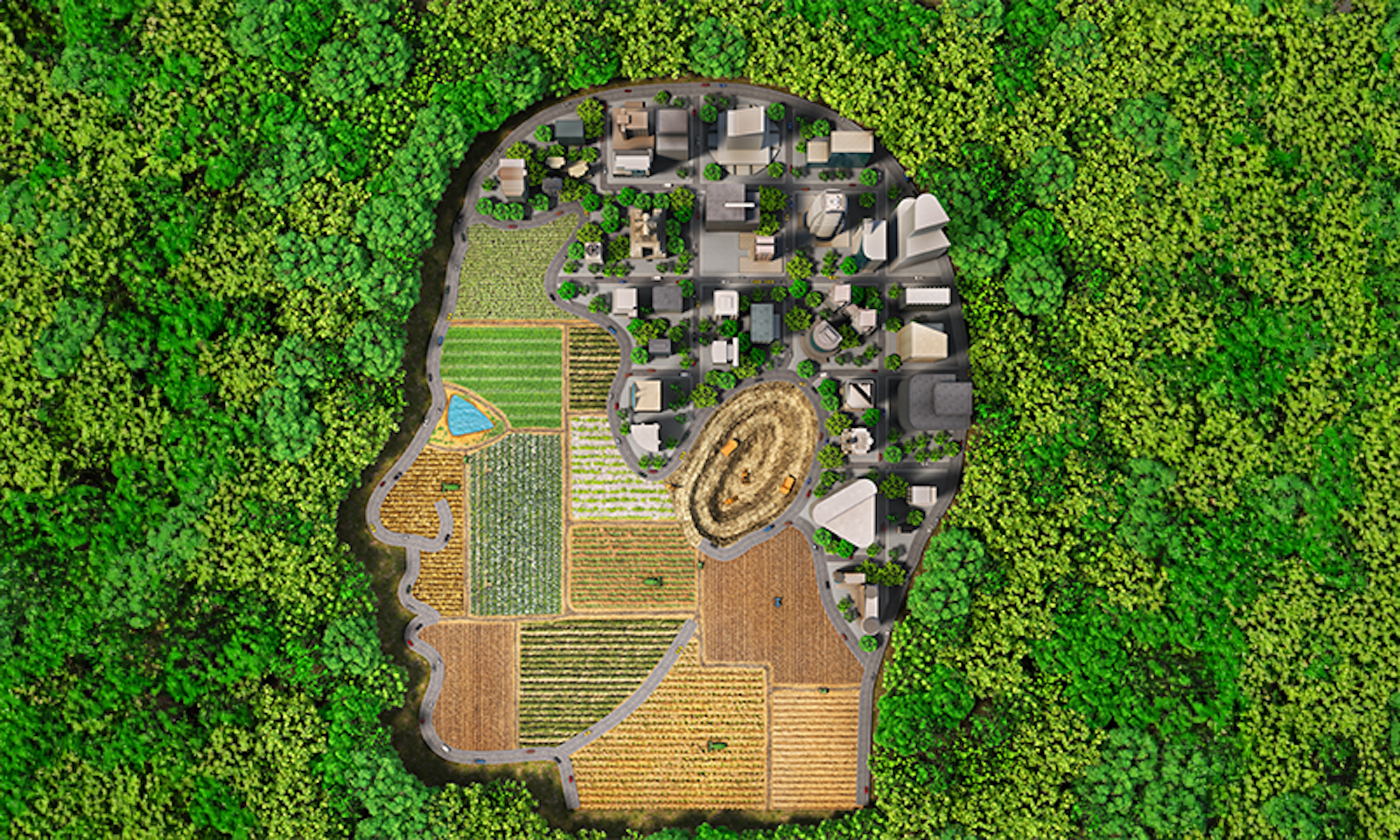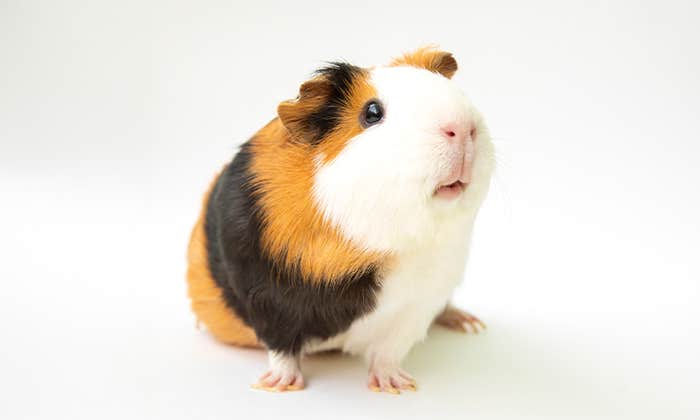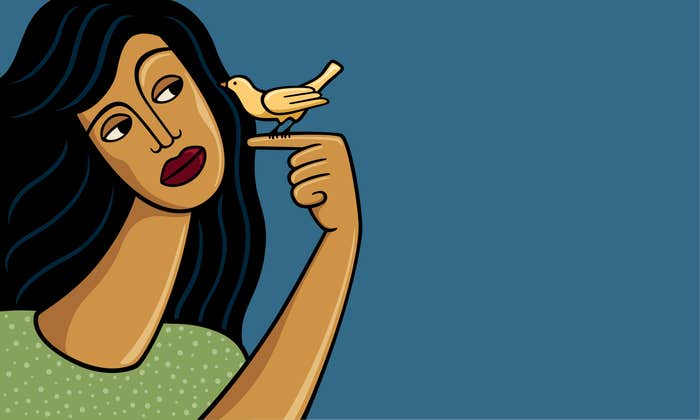Several features of animal bodies have evolved and disappeared, then re-evolved over the history of the planet. Eyes, for example, both simple like people’s and compound like various arthropods’, have come and gone and come again.
But species have not.
Species, as far as we know, don’t come back.
They evolve or die off, but they don’t recur.
They’re singular creations of deep time.

A few genetic entrepreneurs are working to reengineer extinct lifeforms and raise them from the dead, calling it “de-extinction.” The media sometimes seizes on these technocratic enterprises as good-news stories.
Among such projects is one that involves finding the intact nucleus of a mammoth cell and out of it cloning a new mammoth.
It’s unlikely that such clones could produce a viable population, even on a physical level, since the lack of genetic diversity in the originating samples would doom them to weakness and make them highly vulnerable to disease.
But even if the bodies of those long extinct could be remade from cells, their minds and behaviors, group dynamics, and feeding and reproductive strategies could not. Much as human beings’ could not. Or those of Cro-Magnons or Neanderthals.
To try to re-create a human being from genetic material would be monstrous—a Frankenstein project. And yet, somehow, to try to do the same with other animals passes as laudable.
Attempts to rebuild complex animals from pieces of organic matter speak less to our technical expertise than to the lack, in parts of our scientific establishment, of extra-technical wisdom—a willful blindness to our hard-won historic graduation from the mechanistic reductions of Descartes. A rejection of the understanding that the other animals, like us, are not machines made out of flesh, but social and experiential constructs whose whole is much greater than their parts.
Each species is the delicate sum of an unrepeatable past.
That past, with its impossibly long series of events and landscapes and wide array of other animals and plants and fungi and bacteria, arranged in a complex and inscrutable interdependence, can never be duplicated.
And made us all who we are.

Among the endless array of animals who have shaped human behavior are snakes, provoking a primal terror reaction even when they aren’t venomous. The “abnormal” wariness of snakes is a common phobia—in some cultures, the single most common. We invest these reptiles with numerous evil qualities: It was a serpent, after all, who tempted us out of Eden.
And maybe there’s some scientific validity to that, if the tree of knowledge is seen as a metaphor for the development of our minds.
A line of anthropological thinking called “snake detection theory,” developed by a behavioral ecologist named Lynne Isbell in 2006, proposes that some primates’ sharp vision—such as ours—evolved partly as a response to the presence of poisonous snakes. Primate species that evolved in places without those snakes don’t tend to have such acute vision.
While some ground-based mammals evolved an immunity to snake venom, Isbell says, others, such as arboreal primates, developed sharp vision instead.
Neuroscientists are now working to find physical evidence to support her idea.
Which suggests that snakes, who were already around when the first mammals appeared but developed their venom-dispensing capabilities later, were key to building the capacity of the human brain.
Other scientists have suggested our sharp vision evolved so that we could pick out insects on branches.
Since we liked to eat insects, back when we lived in the trees.

Environmental economists—one of which, if you set store by graduate degrees, I’m supposed to be—call the gifts that other animals and plants give us, or which we take from them, their “use value.” This is part of an arithmetic that aims to quantify the services of other beings to our kind in tools like cost-benefit analysis.
But the value of those services is limitless.
After the K-T asteroid impact, some 66 million years ago, a great planetary cooling occurred and—probably for one to two years—photosynthesis largely shut down. Three-quarters of plant and animal species suddenly died out, and widespread deforestation ensued.
Fungi exploded in number. Out of the decaying matter of the numberless dead, a massive fungal bloom emerged.
Some scientists have suggested that it was this explosion of fungi, along with the cold, that prevented a new evolution of large reptiles like dinosaurs and allowed for the rise of mammals instead.
Being cold-blooded, reptiles would have had a greater susceptibility to fungal pathogens. And fungi may have been more palatable to mammals than reptiles.
If those scientists are correct, it would mean the asteroid that hit Mexico was responsible for our existence.
So far, the internal temperature of our bodies—98.6 degrees Fahrenheit, on average—has largely kept fungi from invading them.
But fungi can adapt to warmer temperatures. One such, Candida auris, has been identified by the Centers for Disease Control as an emerging human-health threat.
Our debt to the other lifeforms, of course, stretches further back in time than that—even before there were vascular plants, even before there were trees, there were cyanobacteria, also called blue-green algae. Their appearance, some 2 billion years ago, produced the free oxygen that created a breathable atmosphere. This caused the first real mass extinction we know of, though it’s usually not given a place in the canon of mass extinctions: It didn’t kill off complex, multicellular life. The life around at the time was anaerobic—mostly bacteria in the ocean.
Bacteria were poisoned by the oxygen and died. But the Great Oxygenation Event allowed for the development of many new creatures.
Including us.

To explain why monkeys no longer live wild in Canada or the United States, an anthropologist named Noel Boaz refers to “the ascendancy of the rodents.”
Boaz is interested, among other matters, in historical climate patterns as a force in human evolution. Near the end of the epoch called the Eocene, he’s written, climatic cooling in the higher latitudes made fruit trees rarer, and nut trees, whose fruits have hard shells to protect them, more common.
With nuts, primates were at a disadvantage—we still have to crack them open with tools.
But rodents, with their constantly growing incisors, were in luck.
Squirrel-like rodents replaced the primates that once lived here some 45 million to 34 million years ago. According to Boaz’s hypothesis, the squirrels took over those primates’ niches in the trees.
Without the squirrels, he postulates, we might still have monkeys here.

In the wild, most plants and trees travel only across the generations, as the seeds or pollen that produce their offspring are dispersed by birds or mammals or insects. Or water and wind. So they’re deeply dependent on complexes of pollinators that are at increasing risk of extinction—including, according to the United Nations, about 40 percent of invertebrate pollinators worldwide.
Like Victorian children, the plants are seen but not heard: seen by us all around as they steadily capture the light and turn it into everything we need. Heard only when the breezes move their bodies.
Because they can’t travel by themselves, we often view plants as passive and nearly inert. But, as with most kinds of otherness, what they lack in familiar attributes they offer in unfamiliar ones.
The greenness of plants is caused by conservative behavior—they look green to us because they reflect that wavelength of solar radiation. Yet most of the sun’s energy comes from rays in the green part of the spectrum. Plants reject those rays in photosynthesis partly because they create “noise and inefficiency” in their systems.
Since they can’t run away from predators, they’ve evolved to have no irreplaceable organs (unlike people, who can’t lose their hearts or brains and keep going).
Many, notes plant scientist Stefano Mancuso, can have up to 90 percent of their “bodies” cut away without being killed.

Along with the loss of their utility to us, extinctions mean that the gifts of a species’ intelligence also vanish.
And of those possible gifts, we understand little.
Besides other species’ “use value,” the complex prism of their experience is lost. Their points of view and way of operating in the world are subtracted from the whole, along with the structure that supports them. Both hardware and software are erased.
One problem with this, leaving aside the sadness inherent in a lifeform’s end, is that since we didn’t design the systems of biological existence, we have no reliable guide to their workings—no blueprints or manuals. So when we call in technicians to try to correct an imbalance we’ve created in nature, their interventions often go badly astray.
In thousands of cases where we’ve brought animals or plants with us when we colonized or traveled, both on purpose and by accident, we’ve caused the destruction of other species and natural systems—a process that has accelerated in recent years with our global mobility. Despite growing awareness of the pitfalls, there continue to be cases of deliberate introduction aimed at solving a problem that end up creating far more, in a cascade of imbalances and die-offs.
The history of this “importation biocontrol,” where one non-native species is brought in to combat another, is rife with disasters.
Mosquitofish, imported to several countries to eat the mosquitoes that spread malaria, have multiplied dramatically in places where they don’t belong. But mosquito larvae aren’t their favorite food: They prefer fish larvae, so their presence drives native fish into scarcity.
In northern Australia, Florida, and numerous islands where sugar is grown, cane toads from the mainland neotropics were imported in the 1930s to eat the beetles that were damaging sugar crops. In Australia they proved fairly ineffective against the beetles, since they’re not much for climbing and the beetles live at the tops of the plants. But the continent has no native toads, and the cane toads’ sudden superabundance triggered a chain of species declines as the toads outcompeted native lizards, snakes, and crocodiles.
When the predator populations crashed, prey species multiplied. Bringing further cascades of damage to local plant communities.
In the United States, Hawaii has been a killing field for biocontrol projects as well as a hotspot of extinctions—these islands, which account for 0.29 percent of the country’s landmass, are home to over 40 percent of the species now protected under the Endangered Species Act.
Introduced predaceous snails are driving the mass disappearance of native snails; mongooses brought in to get rid of rats—again for the sake of sugar crops—have wreaked havoc on endemic birds and have a voracious appetite for sea turtle eggs. They now run amok on all but two of Hawaii’s islands, as well as on other islands of the tropics like Fiji and Jamaica.
But they didn’t solve the rat problem, since, as it turned out, the mongooses are daytime workers. While the rats come out at night.

About one-third of biocontrol interventions have ended in the establishment of a new natural enemy. Less than one-sixth have resulted in the successful control of the target pest.
The many factors we’ve omitted to consider in our biocontrol operations, which later rise up to dole out unwelcome surprises, are a red flag to those who advocate for ambitious “geoengineering” solutions to the climate problem.
These include a proposal to engage in the large-scale pumping of ozone-destroying sulfate aerosols into the atmosphere to cool it—a scenario various writers of science fiction have played out in recent novels. Also the dumping of iron dust into the oceans to trigger algal blooms and the genetic modification of crops to increase their carbon uptake.
There are also plans to block solar radiation by mechanical means that range from the deployment of huge, heavy sunshades to the placing of 55,000 orbiting, wiremesh mirrors, each 40 square miles wide.
All of these schemes come with serious failure risks. When it comes to ambitious tinkering with the underpinnings of physical life support, our résumé is made up of a list of breathtaking mistakes.

Quite a few birds, including European starlings, were brought to the so-called New World by design. A group called the American Acclimatization Society gave itself the mission—in retrospect, misguided—to bring over a favored list of species from the Old World. In order to uplift and improve the New.
There are now about 85 million starlings in North America, though not all are descended from the individuals the Society brought in.
Starling calls can be raucous, faithfully copying sounds ranging from other birds’ calls to car alarms and the human voice. Their skills as mimics rival those of the Australian lyrebird, which looks like a fairy to me. It has a crossseeming, sharp little face, but the rest of its form is like an ethereal dream, with plumage like downy white clouds bordered by two long, boldly striped arcs spread above it like wings.
To attract the attention of a mate, a male lyrebird finds an open patch on the forest floor. There he gives a concert while displaying, with sculptural shaking and fluttering movements, his lovely feathers.
His performance is an extended medley, consisting of perfect imitations of the songs and calls of dozens of other bird species that live in the forest around him. As well as other sounds he replicates faithfully, such as the click of a camera shutter and the whir of its small motor.
And even—almost as though the lyrebird has a grasp of irony—the chainsaws of nearby loggers as they cut down trees.

When animals play dead, from possums to snakes to ducks, biologists don’t usually suggest that they’re doing so because they understand what dead is, as it pertains to themselves. Rather this death-feigning behavior—TI, or tonic immobility, which looks like paralysis—is mostly interpreted as a stress adaptation. Though people, too, can exhibit tonic immobility: For us the stress adaptation appears during extreme trauma, such as sexual assault. And war.
With the other animals, tonic immobility comes into play in self-defense, to avoid death by predation. It also manifests in mating, as when male sharks bite females and the females freeze. Occasionally it shows up in ways that look more like strategy than a response to stress.
Predatory East African fish called sleeper cichlids lie down on their sides on the bottom of Lake Malawi—the only place they live—then go perfectly still. And make their scales look blotchy. Possibly for camouflage, or to look as though they’re decomposing.
When a scavenger fish draws near, attracted to the apparent corpse, they swiftly flick themselves upright. And eat it.
I can’t help wondering if the show of blotchiness is a mark of genius. ![]()
Excerpted from We Loved It All: A Memory of Life by Lydia Millet. Copyright © 2024 by Lydia Millet. Used with permission of the publisher, W. W. Norton & Company, Inc. All rights reserved.
Lead image: studiovin / Shutterstock




























